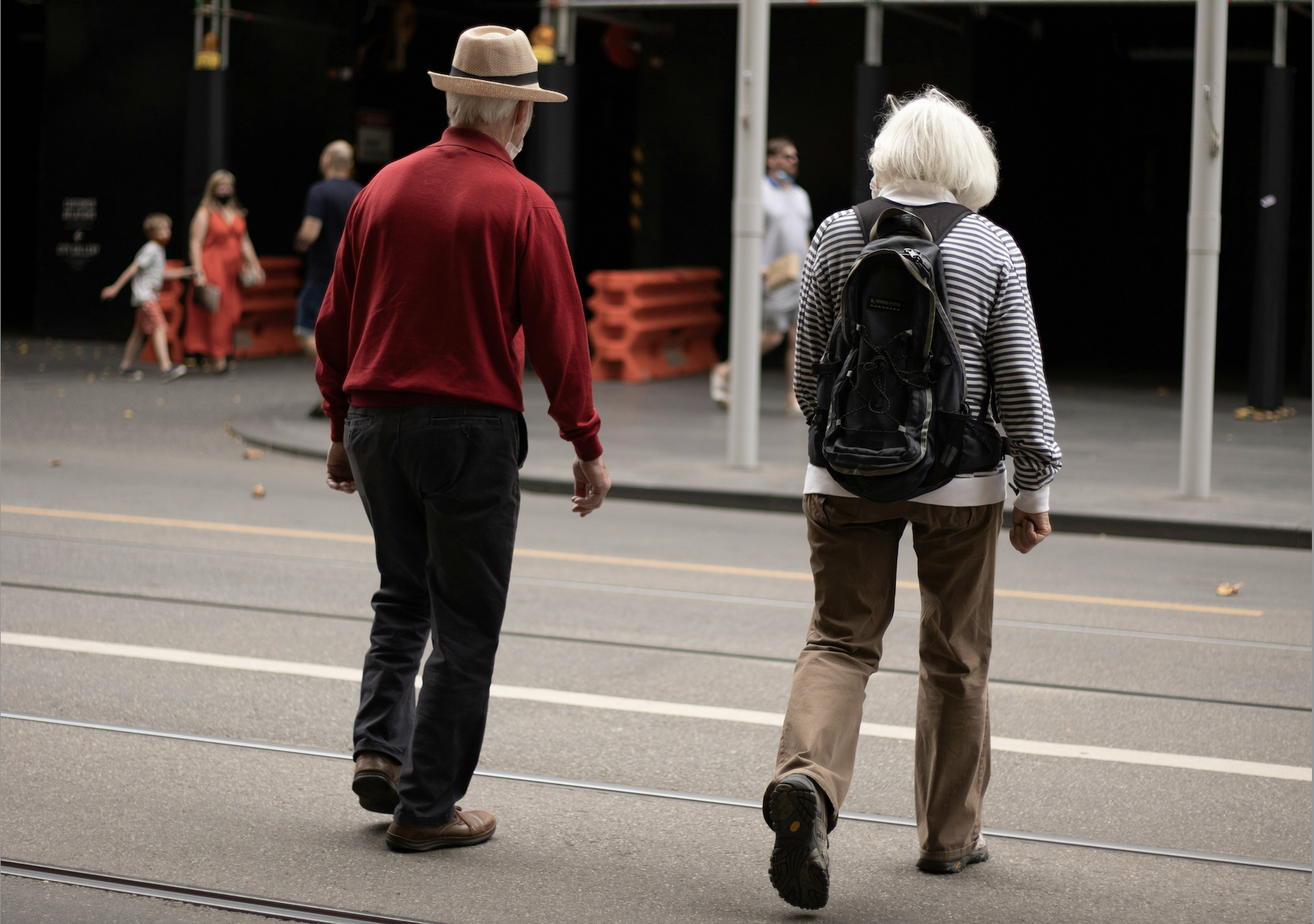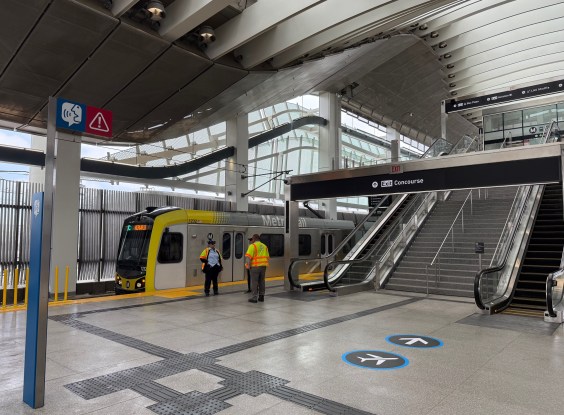In today's New York Times, Bob Herbert celebrates the cause of infrastructure maintenance -- a less exciting proposition for politicians than cutting the ribbon at new transportation projects, but in many ways more vital to economic growth.
 A crumbling bridge support in Colorado. (Photo: Pure Thinking)
A crumbling bridge support in Colorado. (Photo: Pure Thinking)After talking to Pennsylvania Gov. Ed Rendell (D), an avowed booster of the National Infrastructure Bank concept, Herbert asks, "What's wrong with us?" and continues:
We’re so far behind in someareas that ... Rendell has said that getting our infrastructureact together can feel like “sledding uphill.”
“When I took overas governor,” he said, “I was told that Pennsylvania led the nation inthe number of structurally deficient or functionally obsolete bridges.We had more than 5,600 of them. So I put a ton of money into bridgerepair. We more than tripled the amount in the capital budget, from$200 million a year to $700 million a year. And I got a specialappropriation from the Legislature to do $200 million a year extra forthe next four years.”
One might be tempted to respond that what's wrong with American infrastructure policy has much to do with pundits such as Randal O'Toole of the Cato Institute, who converts new acolytes in Washington by arguing that the biggest defect in national infrastructure policy is insufficient road spending. To O'Toole, the fact that one in four of U.S. bridges is rated obsolete or deficient is no big deal:
“Functionally obsolete” bridges are not in any danger of falling down;they merely have narrow lanes, inadequate overhead clearances, overlysharp on- and off-ramps, or other outdated design features. Thesebridges pose no risk to auto drivers unless the drivers themselvesdrive recklessly.
... "[S]tructurally deficient” bridges havesuffered enough deterioration or damage that their load-carryingabilities are lower than when they were built. But that still doesn’tmean they are about to fall down; though they may be closed to heavyloads, the most serious problem is that they cost more to maintain thanother bridges.
When the debate stumbles on the mere question of whether deficiency is worth fixing -- incidentally, the National Bridge Inventory states that deficient and obsolete bridges often contribute to congestion -- it's difficult to see a broad consensus emerging in favor of government spending to bring our built environment into good order. What Herbert didn't address in his column, unfortunately, was how to carve out that consensus by talking in new and different ways about the importance of infrastructure investment.
Transportation reformers have talked up "fix-it-first" rules for roads, bridges, and transit, but that ideal often shares space with messages emphasizing the environmental, job creation, and efficiency created by more merit-based transportation spending.
Meanwhile, during the crafting of last year's $787 billion stimulus law, no senator would offer an amendment to add "fix-it-first" to the bill. Lawmakers saw more to gain by passing the stimulus quickly than by creating a transportation section that could bring American infrastructure into a state of good repair. And until Washington senses a greater political imperative to create a safer, more modern transport system, what's wrong with the nation in Herbert's eyes is likely to stay wrong.





